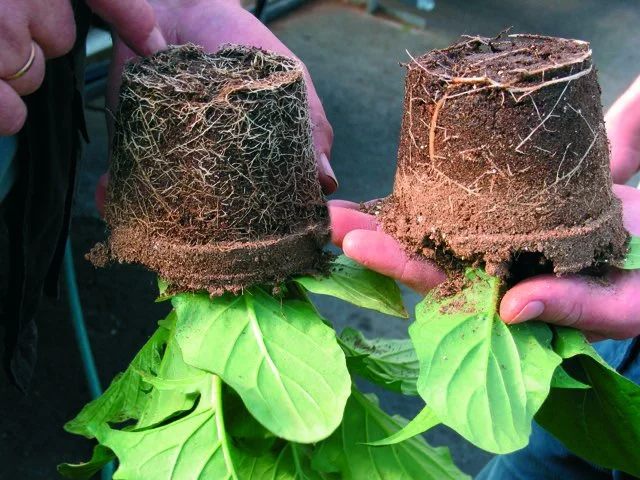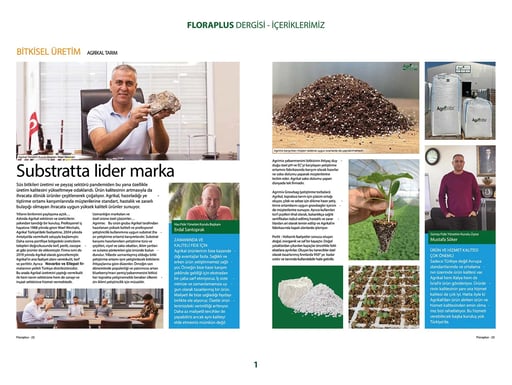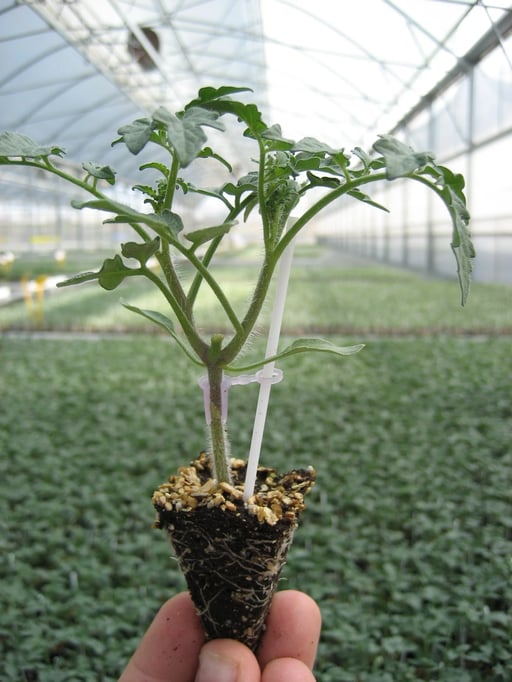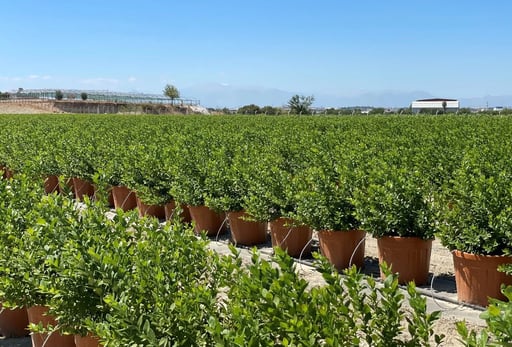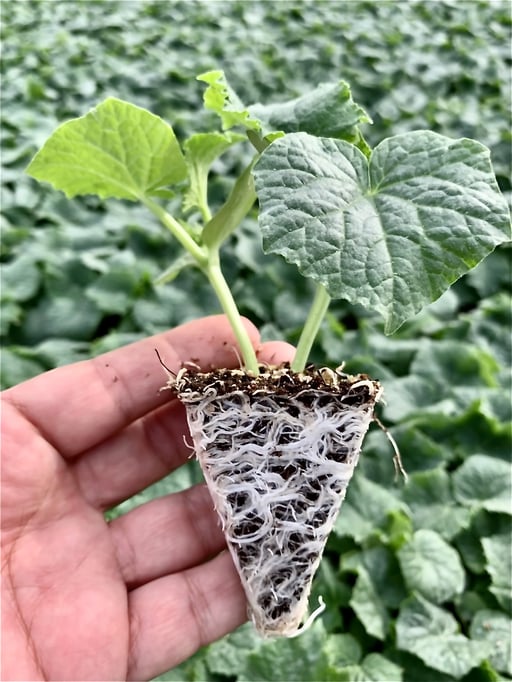The structure and texture of a substrate have a significant impact on its water retention capacity. As mentioned earlier, the water retention capacity depends on the type of pores within the substrate. A substrate with a single pore size releases all water at a specific negative pressure or suction. Therefore, it is recommended to use a substrate with varying pore sizes to release water at different negative pressures.
A substrate composed of small particle sizes, such as humus, will have a high water retention capacity. However, high water retention capacity in the substrate does not necessarily mean more water is available to the plant. The plant will need more energy to absorb water retained by small particles. Additionally, root respiration and plant growth may be negatively affected.
As a result, using a fine-textured substrate in large pots or containers is not recommended because it retains more water and has low drainage capacity. On the other hand, using a coarse-textured substrate in a small-volume environment reduces water retention capacity and increases drainage capacity, leading to the need for more frequent watering.



